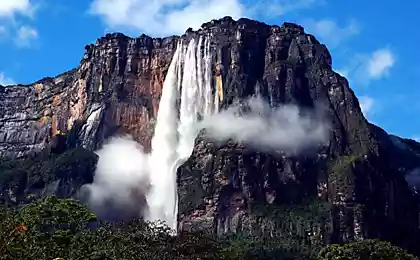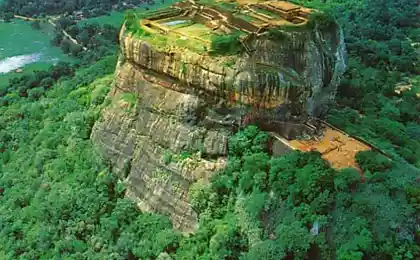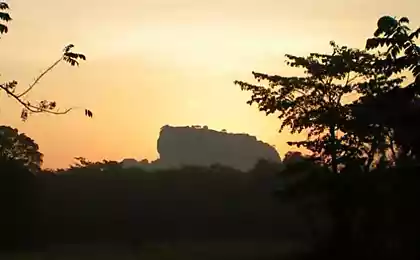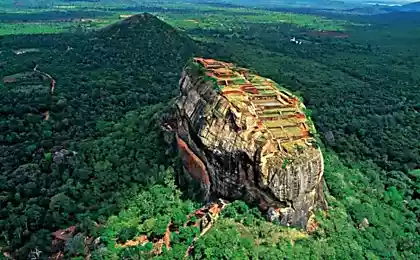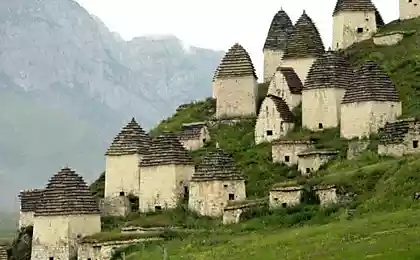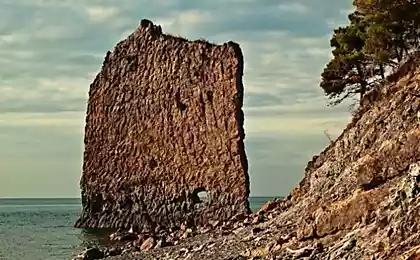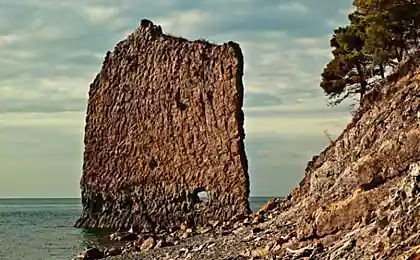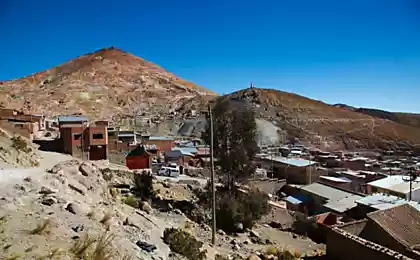1506
Unique plateau Sigiriya
Sigiriya or the Lion's Mound, on the island of Sri Lanka, is a massive plateau towering 370 meters. According to legend, the castle built by King Kashyapa plateau at the end of the 5th century BC. e. Plateau is located in the heart of the island.
In the fifth century AD Kashyap, the eldest son of King Dhatuseny was apparent heir to the throne. but his father decided in favor of the younger son Moggallana. Kashyap through the execution of his father. Moggallana clearly afraid of his older brother, and disappeared in South India. In order to protect themselves from the numerous enemies, Kashyap decided to rebuild capital in equidistant and most inaccessible location. Sigiriya plateau at an altitude of 370 meters above sea level, perfect for that came. By the end of the fifth century, around the rock there was a luxurious city, with a blooming garden and possibly the first in the history of multi-level fountains. Also, there were several pools. Sigiriya ruins were discovered in 1907 by British explorer John Steele. So far, there are restoration works. More than 30 years Sigiriya is under UNESCO protection, as in 1982 entered the World Heritage List.
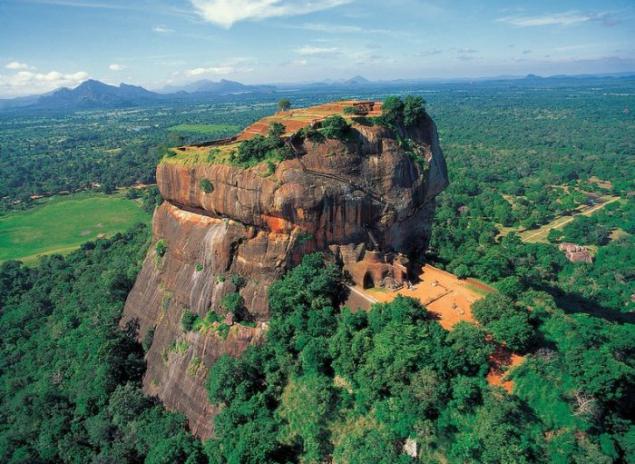
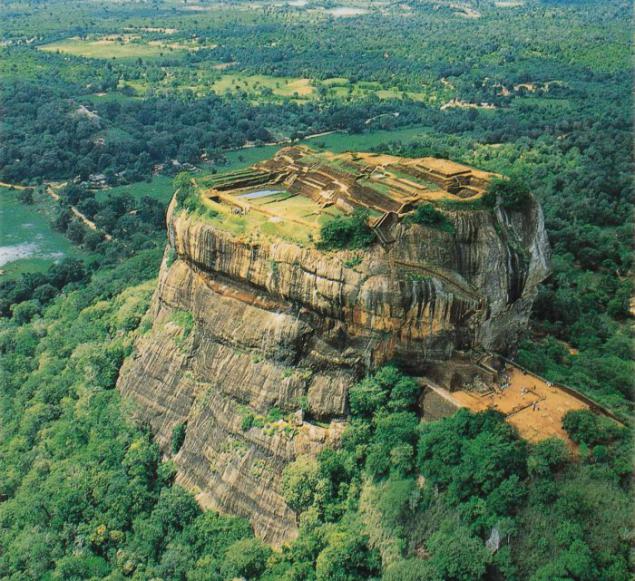
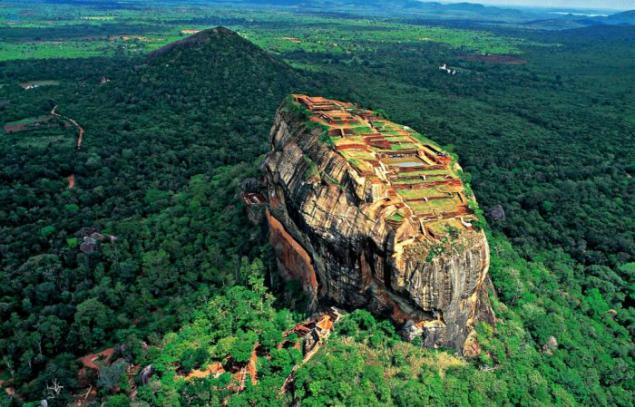
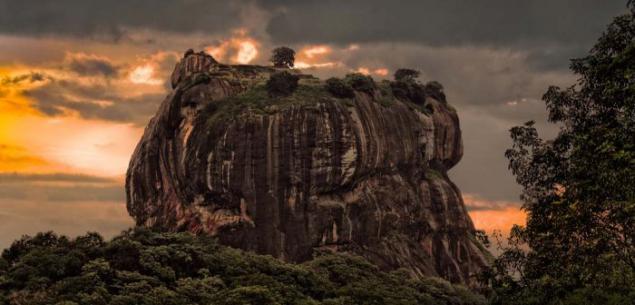
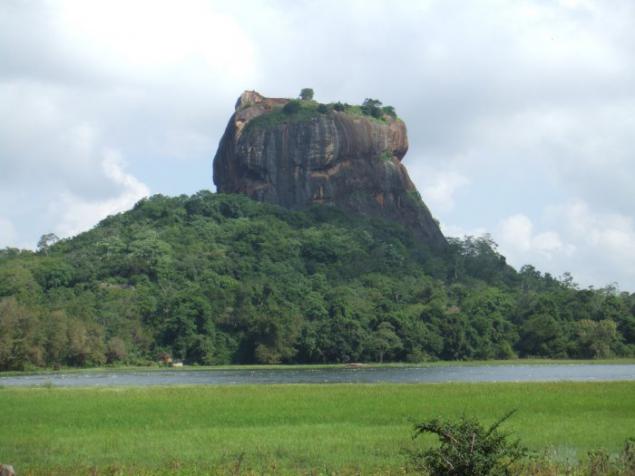
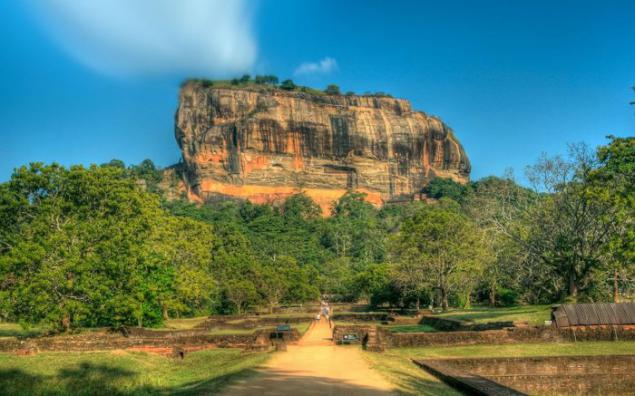
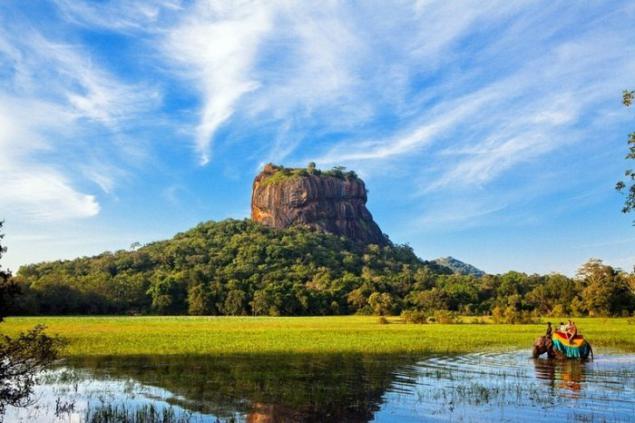
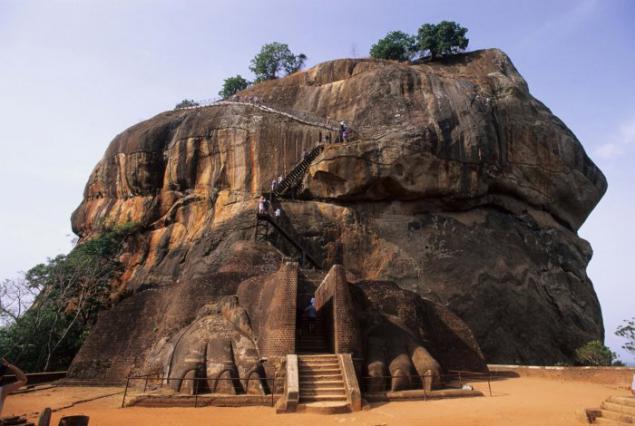
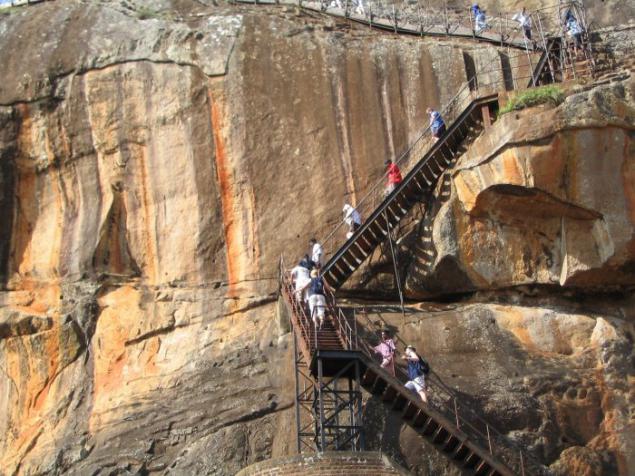
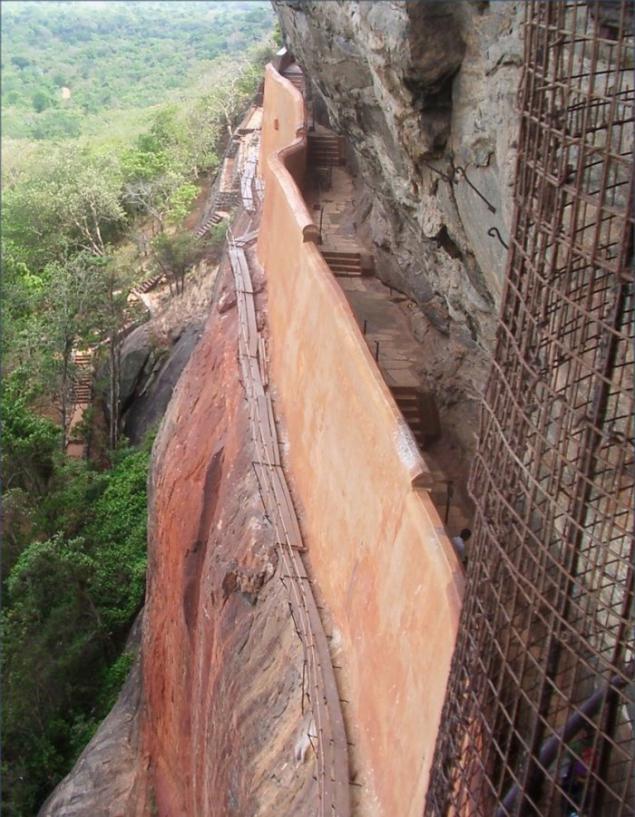
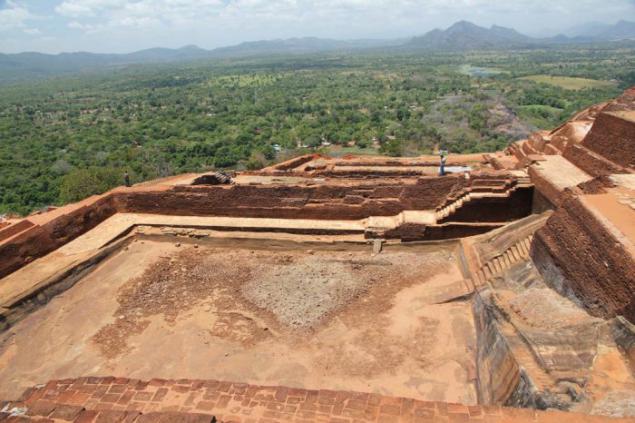
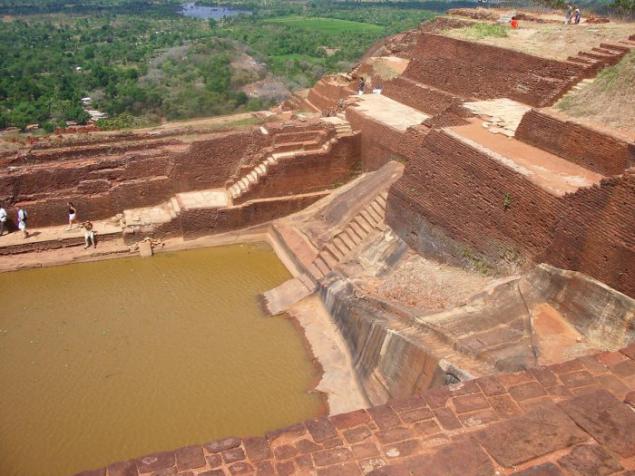
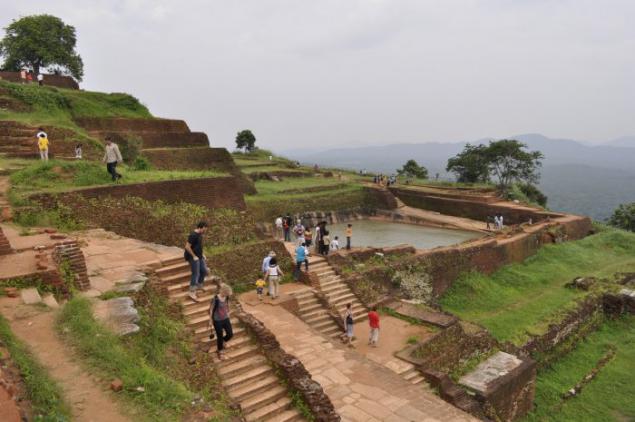
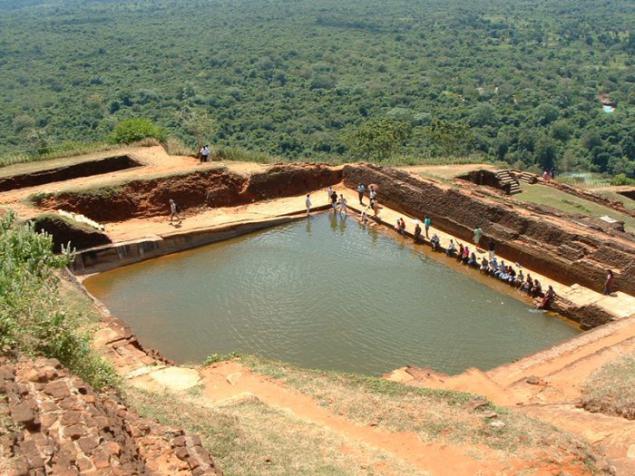
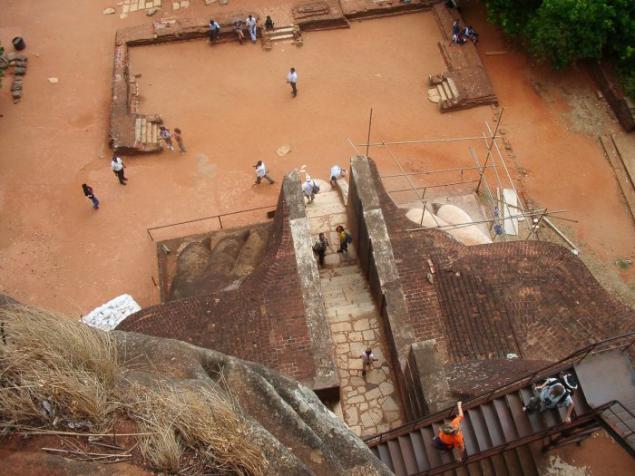
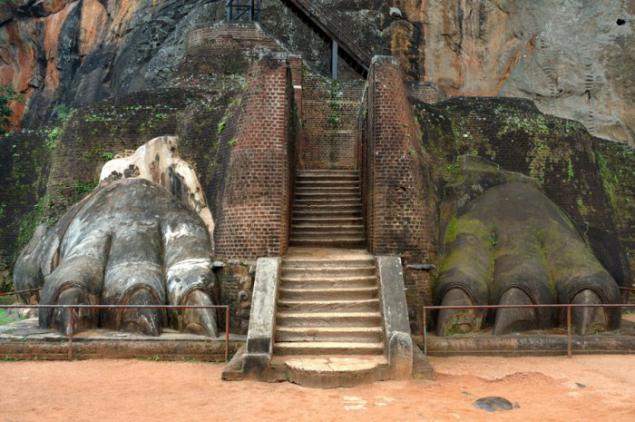
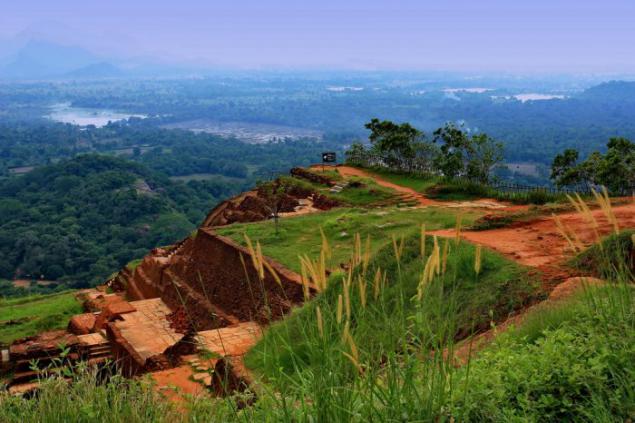
In the fifth century AD Kashyap, the eldest son of King Dhatuseny was apparent heir to the throne. but his father decided in favor of the younger son Moggallana. Kashyap through the execution of his father. Moggallana clearly afraid of his older brother, and disappeared in South India. In order to protect themselves from the numerous enemies, Kashyap decided to rebuild capital in equidistant and most inaccessible location. Sigiriya plateau at an altitude of 370 meters above sea level, perfect for that came. By the end of the fifth century, around the rock there was a luxurious city, with a blooming garden and possibly the first in the history of multi-level fountains. Also, there were several pools. Sigiriya ruins were discovered in 1907 by British explorer John Steele. So far, there are restoration works. More than 30 years Sigiriya is under UNESCO protection, as in 1982 entered the World Heritage List.


















